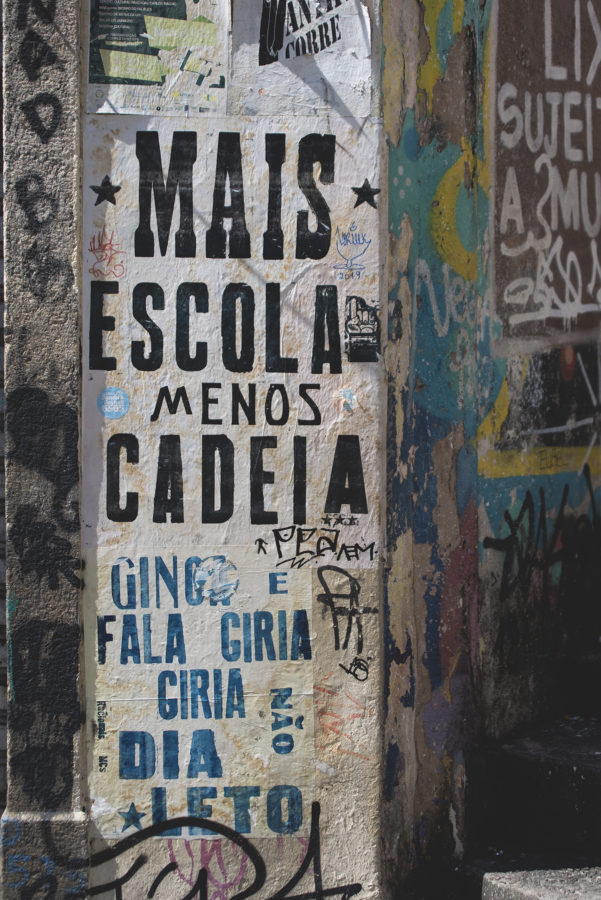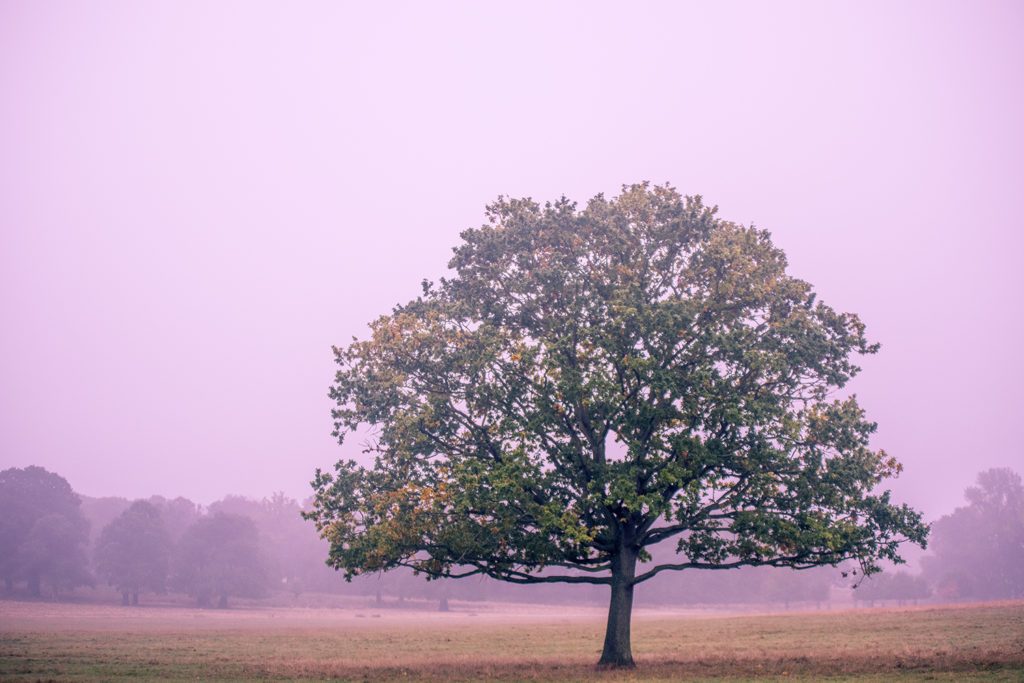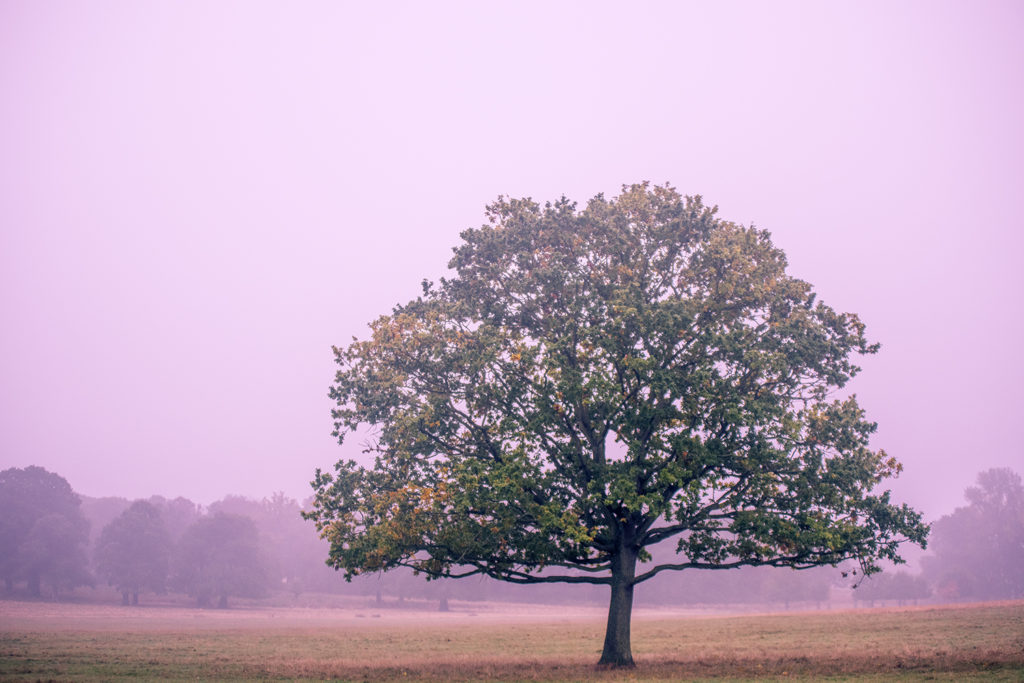Top Tips for Better Travel Photography – Here on Scott Kelby’s Photoshop Insider for #TravelTuesday it’s me, Dave Williams, and on the eve of Photoshop World East (which I hope to see you at) I have an offering of top tips for travel photography.
I’m going off-piste here though with no bullet points and no numbers, I’m bucking the online click-bait trend and I’m going to simply hurl the tips at you, paragraph style – let’s go!

Everyone with a phone in their pockets has had a go at travel photography – it’s a genre that’s so broad it may as well not actually be a genre because in fact it incorporates a range of other genres in itself. Everything from National Geographic’s magazine covers down to the holiday snap that goes no further than your phone’s camera roll is a travel photo, be it a landscape, portrait, macro, wildlife, nature, almost anything really. Travel photography is invaluable in many senses, being the million dollar business that sells people vacations and gives the world an insight into life and experience. The best way to achieve the kind of shots worthy of that Nat Geo cover is to do the following: –
They say that the best part of the camera is the few inches behind the lens – that’s the photographer. Getting great travel shots includes getting great shots of people, and great shots fuelled by people. Chatting to locals and building a rapport, perhaps throwing down some of the local language, can help no end in either getting shots of the locals themselves or in getting extremely valuable information about the best places and things to shoot in a location you’re unfamiliar with. If you’re shooting street photography it can be slightly different in that generally you’ll be shooting people in stealth mode, however for travel it’s normally a different story in that you’d usually want to build a rapport and get them on side before shooting a posed portrait (and maybe even having them sign a model release too!)
Further to preparing yourself with people, it’s important to prepare yourself with gear. The best way to achieve preparedness with gear is to have a versatile gear. I just got back from Paris where I was travelling with minimal gear. This made me mobile and saved my back from weight because of the miles of walking. The thing about the gear I took is it was versatile – I was able to achieve a lot using just a little. I took my Nikon D810 with a Three Legged Thing L-bracket, BlackRapid strap, and a Platypod Ultra – together giving me a tripod and effective means of carriage – and I took a Nikkor 14-24mm f/2.8 and Nikkor 28-300 f/3.5-6.3. With that bare minimum I was armed to shoot a huge range which is the ideal position for a travel photographer because of the unpredictability of the subjects being photographed and to avoid missing moments when switching lenses.

Shooting at golden hour and blue hour is key. These times offer the best light, and in the morning the water is still, the air is quiet, and nobody is awake yet so you can get shots that are empty of tourists with beautiful light. Setting an early alarm may be a struggle, but it absolutely pays off. When you are up bright and early, try experimenting with new composition. There’s time to play with different angles and positions, and to try and use your photos to tell a story.
Travel becomes a strategy for accumulating photographs, and travel photography encapsulates a range of styles into one. The things we are ultimately aiming to achieve are to convey a timeless feel, and to make the viewer want to be there.
Much love
